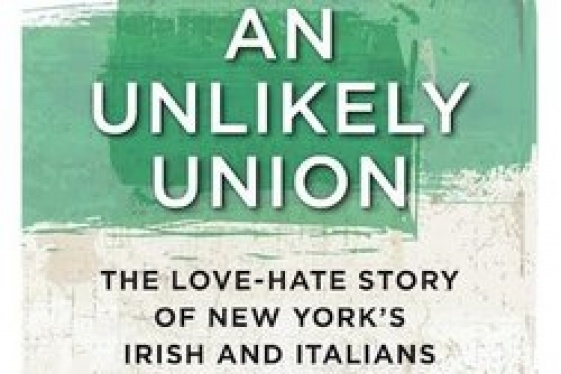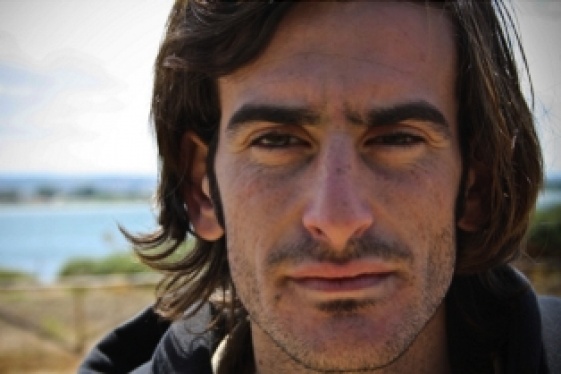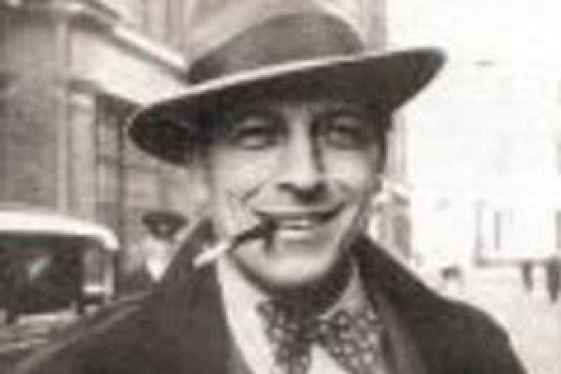
The meaning of the 20th century in the saga of the Stille family

Led by his destiny to America that he so much desired, seduced by its culture, a happy citizen of the world in a world in radical transformation, Ugo Stille, if one wishes to know him better, epitomizes emblematic paths, which became bitterly dramatic with the two wars and the dictatorships of the first half of the 20th century. He ran into them because of his generation.
As he was born in 1919, he was forced to settle accounts with history, communicating and interpreting many changes. He did so for almost fifty years from the platform of the Corriere della Sera, being physically far away from the Atlantic Ocean, in the navel of the world which is New York.
Ugo Stille was the famous journalist born with another surname, that is to say Mikhail Kamenetzki. His family fled from Bolshevik Russia and sought refuge in Italy. With the rise of the Fascist regime Kamenetzki, who was an independent spirit and wanted to write freely, adopted the above-mentioned pseudonym. What is also original about this is that he shared it with Giaime Pintor in the columns of Oggi magazine. After the racial laws and the outburst of World War II life became very hard. The Kamenetzkis decided to expatriate in 1941, settling in an apartment-house in Upper Manhattan, which was safer. A few weeks later Misha was enlisted in the US Army and employed in reports on behalf of the PWB and the management of Radio Palermo. Traveling back up the Italian peninsula he learnt of Pintor's death, who in a premonitory letter to his brother Luigi had written that he "had not spent uselessly these years of youth". Misha Kamenetzki, who had by then become for everyone Michael U. Stille, plunged into the post-war period with his dual European and American viaticum, remaining in New York as an authoritative news correspondent for the Corriere della Sera and showing his faithful readers the evolution of a world in which "the force of things" prevails.
Ugo Stille's son, Alexander, who is also a well-known essayist and journalist for New Yorker and New York Times, as well as professor at Columbia University, has written a long and detailed double biography, whose title is precisely The Force of Things. A Marriage in War and Peace, which looks like a very intelligent hand to hand combat of a controversial father-mother relationship. The work contains a reconstruction of the DNA of the Kamenetzkis, to whom Mikhail or Misha then Michael or Ugo Stille belonged, and on his mother's side, Elizabeth, the Bogerts. All this with a richness of detail and impartiality which are the result of long interviews of the author with his parents, who gave a generous recollection of forty years of living together.
It was love at first sight between Misha and Elizabeth, when they met at a party given by Truman Capote. This sounds like an American film, just like the films Misha liked, an admirer of successful directors of Jewish origin such as Billy Wilder, Ernst Lubitsch and Fritz Lang. In fact, two very different worlds blended together, the intellectual one of Misha, which was part of the great Jewish migration of the 20th century (including Einstein, Horkheimer, Fermi, Jakobson, and Lévi-Strauss), and the happily pragmatic one of Elizabeth who came from the rich and cultured Midwest. Even if America was always admired and desired by Stille, it did not fully correspond to his times and to his ideals of a European refugee. His job as correspondent forced him to consult masses of newspapers and magazines which piled up everywhere, filling their later New York homes, first at 46 West 11th Street and then at 218 East 61st Street. These piles were found on the stairs, heaped on tables and occupying even the bed in the study. Stille was methodical with his working times as a journalist, but at the same time so unable to distinguish in those piles of papers important things, as for example a personal document. On the contrary, his two libraries, equally distributed even in his country house, and amounting to ten thousand volumes, were very tidy, to the point that he would immediately notice the absence of some books taken by Elizabeth to lend them to her friends.
Alexander, the author of these family annals, considers more than once their difference of character, but he describes in minute detail the contradictions of a longer period of time, the vicissitudes that take place against the background of the post-war decades. If there is a greater marriage, this one quarrelsome too, it is the one between America and Europe (the same as the subtitle of the book), and if there is a superior philosophy that dominates every age, well it is that of "the force of things" (the same as in the title). It is exactly about the essence identified and distilled in the thousands of articles written by Stille for the Corriere della Sera, a treasure of illuminations in the obscure course of the world. In 1987, at the height of the crisis of the newspaper, Stille, described as a reincarnate Oblomov, accepted to move to Milan having been specially appointed as editor in chief. He stayed there until 1992, when he returned to his beloved metropolis for the last three years of his life. They found him blissfully dead among his piles of newspapers, almost as if signing the inescapable hand of his own destiny.
by Sergio D'Amaro / Bridge Puglia USA
You may be interested
-
'Phantom Limb': A Conversation With Dennis...
Dennis Palumbo is a thriller writer and psychotherapist in private practice. He's the auth...
-
An Unlikely Union: The love-hate story of Ne...
Award-winning author and Brooklynite Paul Moses is back with a historic yet dazzling sto...
-
Cathedral of St. John the Divine, Oratorio S...
For the first time ever, The Cathedral of St. John the Divine, in collaboration with the O...
-
Davide Gambino è il miglior "Young Italian F...
Si intitola Pietra Pesante, ed è il miglior giovane documentario italiano, a detta della N...
-
Former Montclair resident turns recipes into...
Former Montclair resident Linda Carman watched her father's dream roll off the presses thi...
-
Garibaldi-Meucci Museum to Celebrate Ezio Pi...
On Sunday, November 17 at 2 p.m., Nick Dowen will present an hour-long program on the life...
-
Italian Master Drawings From The Morgan (Onl...
The Morgan Library & Museum's collection of Italian old master drawings is one of the...
-
Italian Women Trailblazers - Young Professio...
April 16, thursday - 6,30 EDTAzure - New York, NY - 333 E 91st St, New York 10128Tick...










